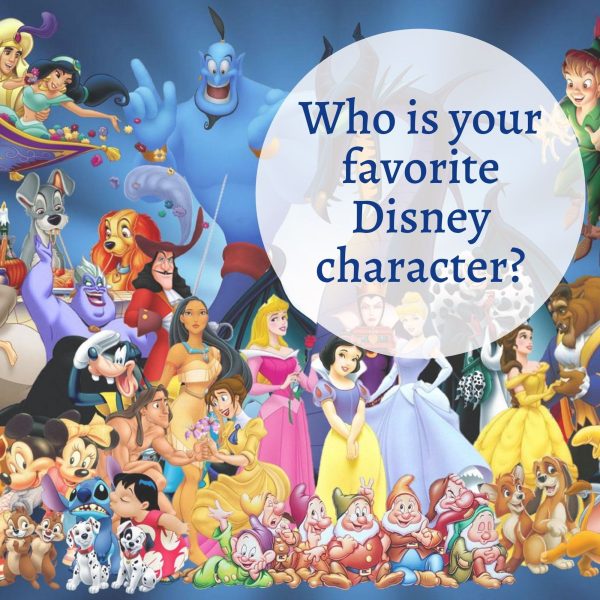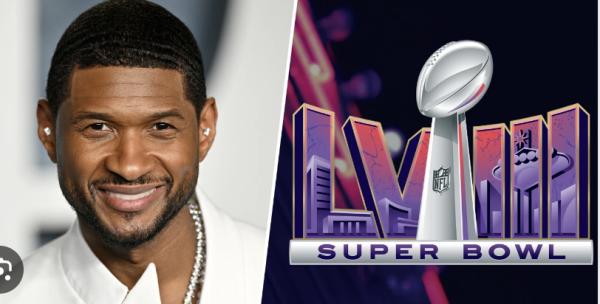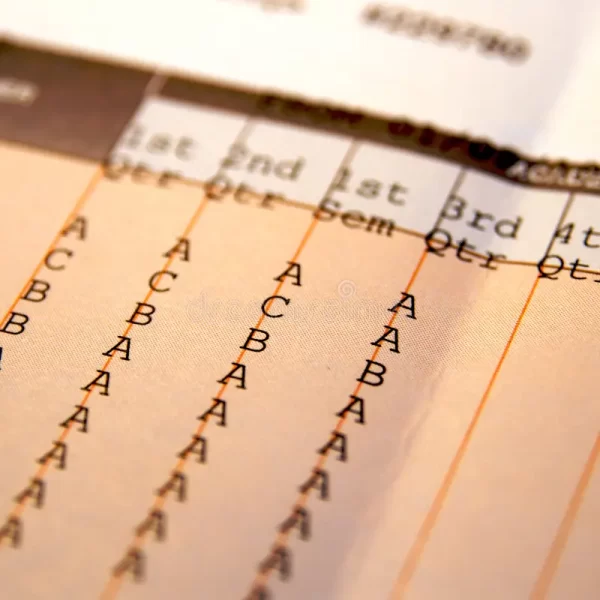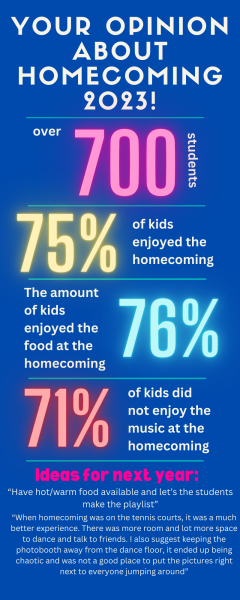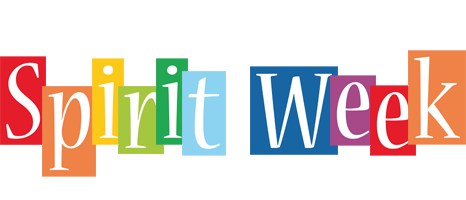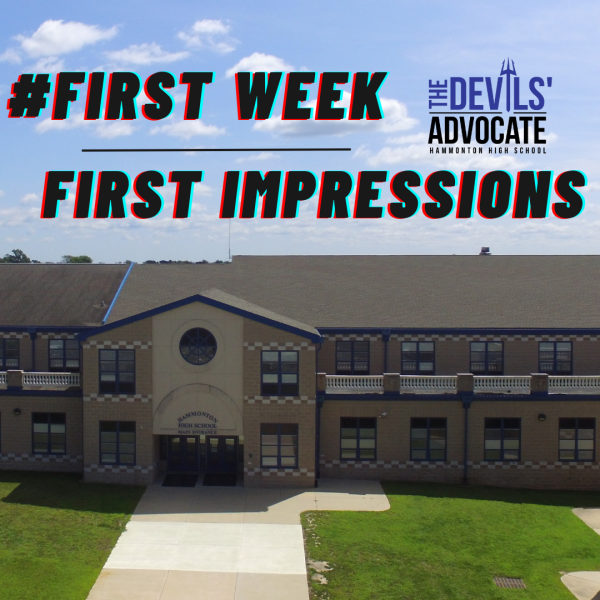To stand or not to stand? Students consider the daily pledge
31 words.
Every morning at 7:30 at the beginning of homeroom, the loudspeaker turns on and asks students at Hammonton High School to stand and recite 31 words that many know by heart: the pledge of allegiance.
Practicing what they have been doing since elementary school (or earlier), students are asked to stand out of their seats, place their right hand over their heart, look at the flag, and recite the pledge.
“I pledge allegiance to the Flag of the United States of America, and to the Republic for which it stands, one Nation under God, indivisible, with liberty and justice for all.”
A more in depth explanation of the pledge is, “I promise to be loyal to the symbol of our country each state that has joined our country to a country where people choose others to make laws for them the flag stands for our country a single country most of the people believe in the country cannot be split into parts with freedom and fairness for each person in the country”
Like any symbol, the image of the flag (and the words of the pledge) can have different meanings to different people, and for that reason, students associate it with different things. And this may or may not affect whether they feel compelled to stand during this morning ritual.
In public schools, it is not mandatory to recite the pledge or salute the flag. This was decided back in 1943 in the Supreme Court with the case West Virginia State Board of Education v. Barnette. However, for senior Matt Moles, the pledge is incredibly meaningful because it represents something he is willing to die for.
Moles will be going into the army after graduation, to become one of the 1.3 million men and women that serve the country.
“That flag represents the freedom that I guard from all enemies of the United States,” he said. “To see someone sit for the pledge is a dishonor to their country and a dishonor to my brothers and sisters who have died defending our freedom.”
Public schools started standing and reciting the pledge of allegiance on October 12, 1892. Although, things used to be very different. Students after the pledge students would have to recite “One Country! One Language! One Flag!”
Public school teachers have no word on if students should stand or not. However, for some students, like Ryan Long, seeing others sit is upsetting.
“I think it’s crazy how kids are allowed to sit and disrespect the flag,” Long said. “Everybody takes for granted our freedom and the people who defend our flag are the reason we are free living our lives. They risk their lives for us and nobody wants to acknowledge that. It should be a requirement to stand for the flag.”
For senior Teagan Carman, it’s about respecting what others have experienced.
“The flag does not represent the country to me; it represents our troops,” Carman explained. “The men and women who’ve put their lives on the line for our freedom, and to not stand for that is disrespectful.”
Mike Dogostino agreed.
“I stand for the pledge for every veteran who has died for this country. For every man or woman who gave up their life to protect ours,” he said. “For every kid at home who is waiting for their mother or father to come home to them but never do because they gave up their lives for the people of this country to be able to go home to their families. Standing for the pledge keeps us united and shouldn’t be seen as optional because once that one thing that keeps us United falls everything else goes with it.”
One respondent to our poll, who requested anonymity, thinks that associations like this are dangerous.
“[People should] NOT say that sitting for the pledge disrespects soldiers,” they said. “The pledge is not for our military. The pledge is for a flag, a fake image to other countries. Not human lives.”
The pledge can also be a mindless routine for some students, who just go through the motions without thinking much about it.
“As young children we learn the pledge and repeat it thoughtlessly every day. The pledge is ingrained into these young minds and they do not even understand what they are saying,” the respondent said. “I stand up, mumble the words, and sit back down. I feel like I am in a cult.”
This respondent also pointed out a few passages in the pledge that can be viewed as problematic.
“Many people today feel as though we are all not equal under God. Therefore, it is difficult to feel as though we are not brainwashed to believe that we are the greatest country because we have freedom, equality, and justice although we just have a corrupt political system that covers up racial injustice and war crimes daily.”
This discussion and debate is not limited to the walls of the public school classroom. As a nation, we not only have the pledge of allegiance, but we also have the national anthem.
This anthem became the center of controversy when NFL, NBA, and other athletes began kneeling while it was performed and played at the beginning of every game. This form of protest started in 2016 as a statement against police brutality and racism. The first NFL player to kneel was 49ers quarterback, Colin Kaepernick, later followed by approximately 200 players in the league.
In 2020, NBA commissioner Adam Silver weighed in on the issue.
“I respect our teams’ unified act of peaceful protest for social justice, and under these unique circumstances will not enforce our long-standing rule requiring standing during the playing of our national anthem.”
However, not all agree with this stance, and the debate surrounding the pledge and the anthem continues to challenge people’s attitudes toward their nation and toward each other.
The same constitutional rights that Americans celebrate are the same ones that protect the decision to stand, recite, be silent, or kneel during the pledge or anthem.
We all have the choice; no one’s opinion is wrong. We should not bash each other for doing what we believe is right and what will make this country better.



